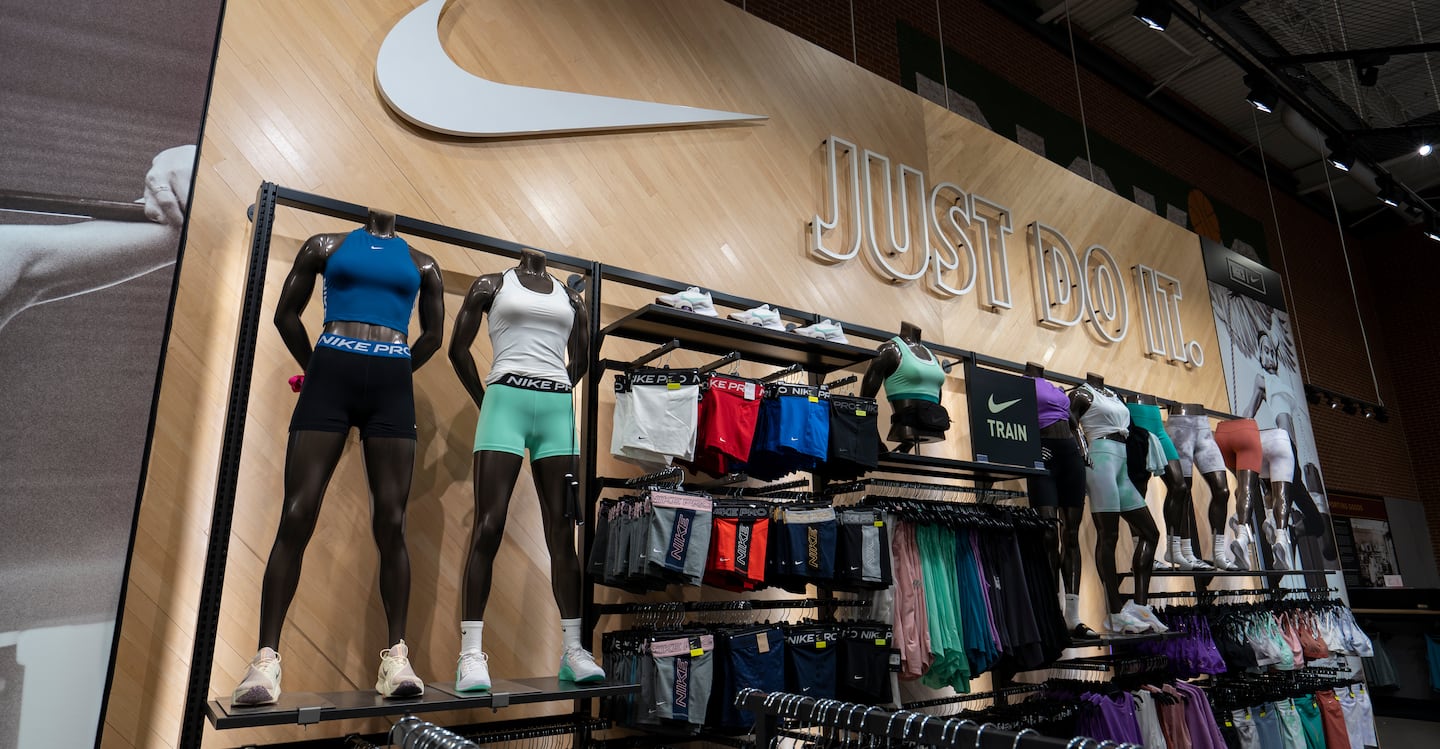
The Business of Fashion
Agenda-setting intelligence, analysis and advice for the global fashion community.

Agenda-setting intelligence, analysis and advice for the global fashion community.

The Sneaker Squeeze
In September, Nike told analysts that supply chain problems, including lockdowns at Vietnam sneaker factories, were hampering its ability to increase sales. In December, the company once again cited logistical woes, this time China’s efforts to contain a Covid outbreak. If the supply chain dominates discussion around its results for a third time on Monday, few will be surprised. Covid cases have exploded in China, and lockdown measures threaten both garment manufacturing for export as well as domestic demand. Russia is another wildcard; Nike joined other apparel companies in pulling out of the country following its invasion of Ukraine. Nike executives have confidently maintained that the worst of their supply chain issues are over, and that the market would right itself this year. That prediction is starting to look overly optimistic.
The turmoil is being felt throughout the sneaker market. Nike’s sales are in a holding pattern roughly where they stood a year ago, as the brand can’t meet demand for its products. Nike’s retail partners are paying an even bigger price: the global sneaker shortage appears to be accelerating Nike’s withdrawal from the wholesale market. Foot Locker shares tumbled more than 30 percent last month when the US sneaker chain said no individual brand would account for more than 60 percent of sales this year (in 2020, Nike accounted for 75 percent of sales). And specialty shops that relied on limited-edition Nikes to bring in crowds of sneakerheads say drops are fewer and further between.
The Bottom Line: What’s happening in the sneaker market is a good example of how temporary supply chain problems can lead to permanent changes. Nike is unlikely to yield back much of the market share it’s taken from wholesalers.
ADVERTISEMENT
Ralph Lauren Puts On a Show
Few brands are better at storytelling than Ralph Lauren (its recently announced collection inspired by early-to-mid-20th-century fashion at HBCUs being the latest example). Fashion shows are a key part of maintaining that aura; the brand has conjured up French bistros and Prohibition-era nightclubs from scratch to provide the right backdrop for its clothes. This Tuesday’s show at the Museum of Modern Art, the first in person since 2019, promises more of the same.
The theatrical presentations are part of a wider strategy that reflects Ralph Lauren’s position in the market. The brand, which is projected to top $6 billion in sales in its current fiscal year, spans virtually every price range and sales channel, from e-commerce to factory outlet stores in Alabama to a flagship in Tokyo’s Omotesando shopping district. Outlets and department stores generate more sales than luxury flagships, particularly in America. But shows like this week’s help cement the idea of Ralph Lauren as a luxury brand in consumers’ minds, even if they’re buying a polo shirt on clearance for $40 at Macy’s and not the $400 version sold under the Purple Label.
The Bottom Line: This week’s show comes a few weeks after Axios reported that Ralph Lauren had held talks with LVMH about a potential acquisition, though a deal appears unlikely at this time.
 Opens in new window
Opens in new windowThe Week Ahead wants to hear from you! Send tips, suggestions, complaints and compliments to brian.baskin@businessoffashion.com.
Join BoF Professional to get access to the exclusive insight and analysis that keeps you ahead of the competition. Subscribe to BoF Professional here.
Antitrust enforcers said Tapestry’s acquisition of Capri would raise prices on handbags and accessories in the affordable luxury sector, harming consumers.
As a push to maximise sales of its popular Samba model starts to weigh on its desirability, the German sportswear giant is betting on other retro sneaker styles to tap surging demand for the 1980s ‘Terrace’ look. But fashion cycles come and go, cautions Andrea Felsted.
The rental platform saw its stock soar last week after predicting it would hit a key profitability metric this year. A new marketing push and more robust inventory are the key to unlocking elusive growth, CEO Jenn Hyman tells BoF.
Nordstrom, Tod’s and L’Occitane are all pushing for privatisation. Ultimately, their fate will not be determined by whether they are under the scrutiny of public investors.